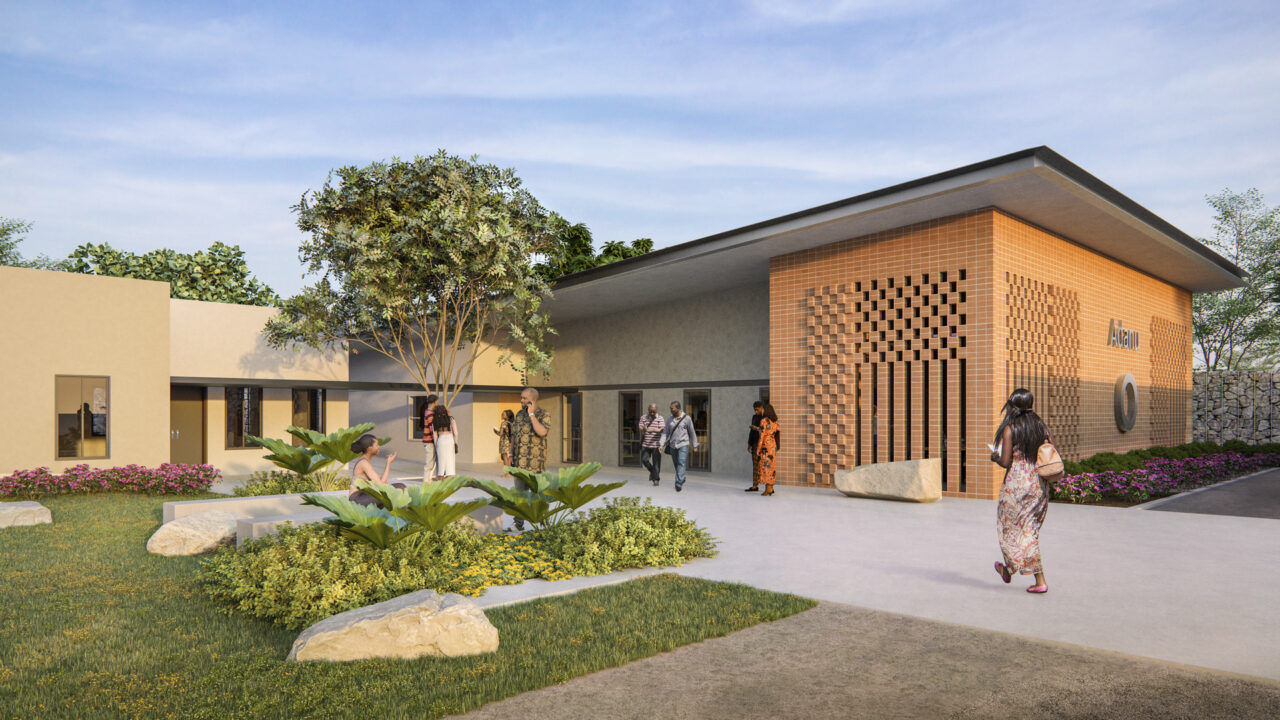Welcome to HMC Architects’ Five in Focus blog series, where we explore the latest trends, ideas, and innovations shaping the future of architecture and design. This series asks our design professionals to tell us what’s capturing their attention and offer some insights.
Shweta Joshi, AIA, LEED AP, NCARB, is a project designer at HMC. Here, she shares her thoughts on community collaboration in school design, the rise of AI, the importance of daylight analysis in educational environments, the “HMC way” of designing, and why mentorship matters.
1. The Importance of Community Collaboration
I recently participated in a series of multilingual engagement sessions for a new high school project in Hollister, California, which is a testament to the transformative power of community collaboration in school design. Through these sessions, the design team ensured that diverse voices from the community shaped the new San Benito High School’s very foundation. This inclusive endeavor yielded a design that encourages collaboration and creativity and cultivates a profound sense of belonging, mirroring the distinct essence of Hollister. The school emerges as a beacon, illustrating how embracing inclusivity can culminate in learning environments that empower and ignite the potential of every student. Participating in these community engagement meetings was enlightening, offering me invaluable insight into the core priorities and aspirations that pulse within this vibrant community.

2. The Rise of AI: Our Collaborative Future in Design and Construction
The design and construction industry is experiencing a seismic shift driven by the emergence of artificial intelligence (AI). I’m particularly intrigued by its potential to change how we approach our work fundamentally. Imagine AI as our co-pilot in the design process. It can suggest innovative solutions, analyze vast amounts of data to optimize layouts, and even generate creative concepts. This isn’t about AI replacing us but augmenting our capabilities and pushing the boundaries of what’s possible. I’ve delved into AI through the Adanu Stem Center project in Ho, Ghana. We initially used it for brainstorming and concept creation. While the technology was still in its early stages a year ago, the results I recently obtained are astounding. I retested some of the prompts recently. The rapid advancements in just one year are a testament to AI’s exponential growth and potential.

3. Shining a Light on Success: The Importance of Daylight Analysis in Educational Environments
Natural light isn’t just a feel-good element in educational spaces; it’s crucial for student well-being and academic performance. Daylight analysis tools like Cove and Climate Studio are vital in optimizing building design to harness the power of sunshine. These tools help us understand how different design choices, like massing, orientation, and glazing, impact daylight availability. This information allows us to create spaces that meet specific daylighting goals, such as maximizing usable daylight hours while minimizing unwanted glare. By quantifying metrics like spatial daylight autonomy and annual sunlight exposure, daylight analysis ensures classrooms receive adequate natural light for learning activities while avoiding excessive heat gain or discomfort. This data-driven approach empowers us to balance design intent, budget constraints, and climate considerations, ultimately leading to educational spaces that are aesthetically pleasing and foster a healthy and productive learning environment. In essence, daylight analysis is like having a superpower – it allows us to see beyond the physical structure and design buildings that promote academic success and student well-being.
4. Is there an HMC Way of Designing?
As HMC Architects, we stand at a crossroads. While recognizable design styles possess undeniable branding power, the question lingers: what truly defines an HMC building? Is it merely aesthetics, or does a deeper essence lie at the heart of our approach? We may transcend the pursuit of a singular visual language and embrace meaningful design that resonates beyond style. This journey demands a collective introspection, a shared exploration of the core principles that shape our practice:
- User-centricity: Can we elevate the user experience by fostering positive emotions, enhancing well-being, and ensuring our designs resonate with the communities they serve?
- Sustainability Champions: Are we pushing the boundaries of sustainable design, minimizing environmental impact, optimizing energy efficiency, and creating healthy indoor environments?
- Contextual Sensitivity: Do our designs respond thoughtfully to the surrounding environment, incorporating local materials and cultural influences to foster a strong sense of place?
- Pushing Boundaries: Are we continuously exploring new technologies, design thinking methodologies, and collaborative processes to deliver exceptional and innovative outcomes?
Ultimately, the distinctive voice of HMC resonates not in a fixed visual style but in our unwavering dedication to crafting meaningful, sustainable, and user-centric architecture. This commitment transcends fleeting trends, leaving a lasting positive imprint on the communities we serve. Consider this an invitation to reimagine the HMC design ethos. Through open dialogue, diverse perspectives, and an unyielding pursuit of impactful design, we can collectively shape a future where HMC is celebrated for its aesthetic appeal and its capacity to deliver visually striking and profoundly impactful projects.

5. Finding Your Architectural Yoda: Why Mentorship Matters
Navigating the architectural landscape can sometimes feel like trekking through a dense jungle. But fear not! A mentor can guide you through the wilderness as your steadfast compass. Picture them as seasoned explorers who have traversed the very challenges you now face. They offer a treasure trove of insights, from unraveling technical enigmas to imparting invaluable career wisdom. Don’t hesitate to seek out these experienced architects whom you admire. Attend industry gatherings, network at events, or harness the power of online platforms like LinkedIn to connect with potential mentors – you’d be surprised how receptive people can be. Yet, a mentor is more than just a repository of knowledge; they’re also a pillar of support and encouragement, propelling you forward as you carve out your unique path in the captivating realm of architecture. So, embrace the journey, and let a mentor illuminate the way as you embark on your architectural odyssey.

